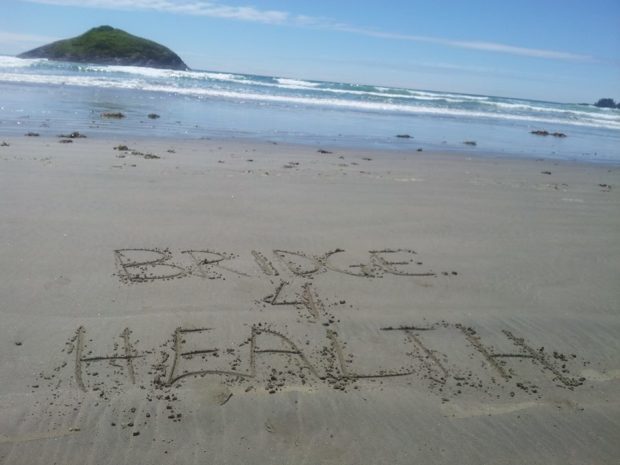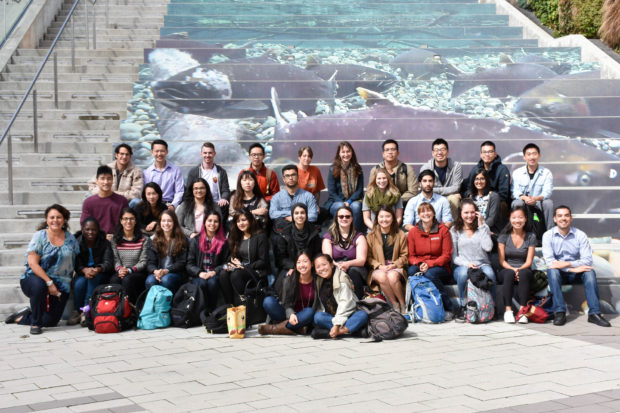By Dr. Trevor Hancock
The high cost of health care, driven in part by a strategic failure to invest adequately in prevention and self-care support, is diverting our attention and resources from what should be our number one priority. On both humane and economic grounds we need to reduce the burden of disease and the need for health care.
But doing so is largely beyond the scope of the health care system and the Ministry of Health. Because the major determinants of our health lie in areas such as food, housing, education, income, safe and healthy neighbourhoods, good working conditions, a clean environment and a stable climate – none of which fall within the jurisdiction of the Ministry of Health. This requires reform for health, in which the whole government, led by the Premier, accepts and acts upon its responsibility to improve the population’s health.
As a society we need to invest in policies and practices that will improve the health of the population. And we have to stop creating ill health that just adds to the burden of disease and the costs of health care. Yet we know that “social injustice is killing people on a grand scale”, as the World Health Organization’s Commission on the Social Determinants of Health bluntly put it in its 2008 report; it is also making people sick on a grand scale.
People whose lives and choices are constrained by poverty, hunger, homelessness, poor education, unhealthy living and working conditions, multiple insecure jobs and other stressors will find it hard, if not impossible, to lead healthy lives and raise healthy children: It is a testament to their strength that so many manage to do so in the face of such adversity.
The costs of poverty and inequality are not only lost human potential but significant economic costs. In an April 2016 report, the Public Health Agency of Canada found that for just three health care services, representing only one quarter of total health care spending, “socio-economic health inequalities cost Canada’s health care system at least $6.2 billion annually”.
Noting that the lowest income group accounted for more than half of this excess cost, they concluded that “Improving the health of this group could significantly reduce these costs”. When you add in the other costs associated with poverty, it becomes clear that poverty is so expensive that we just cannot afford it. Which is why provinces such as Ontario are beginning to look at some form of guaranteed minimum income.
In addition, we are becoming increasingly aware that our current economic and industrial system is creating massive global ecological changes that threaten to undermine the very basis of our health: An adequate supply of water, food, fuel and materials, waste detoxification, a stable climate and a viable web of life, of which we are a part.

Photo
by
Claudio Vasquez.
The danger is that when ecosystems decline, the societies embedded within and dependent upon them also decline. In ecological and human health terms, business as usual is so expensive that we can’t afford it. We need to switch to a new development path, one that puts people and planet first, not profit – at least, not profit based in an economic system that ignores or externalises damage to people and the planet.
We need to invest in poverty reduction, affordable housing, food security, education, a fossil fuel-free economy, sustainable development and other key determinants of health. Because ultimately, the health of our population depends upon what we do beyond health care.
But this is not only about public policy, important though that is. It is also about what the private sector does and how it behaves. The reality is that many private sector activities threaten health; we have seen countless examples of industries and investors that are determined to go on making money and ignoring the harm they do.
We need to pay much more attention to what Dr. John Millar, a former Provincial Health Officer for BC, has called ‘the corporate determinants of health’. In fact, we need a new economic model –in which we aim to simultaneously increase natural, social, human and economic capital – and new ways of measuring progress.
Now that would be reform for health!
© Trevor Hancock, 2016
Originally published in Times Colonist on 26 Dec, 2016


 By Marianne Meadahl, Paola Ardiles, Shawn Smith, Simon Fraser University
By Marianne Meadahl, Paola Ardiles, Shawn Smith, Simon Fraser University






